|
Despite my very best efforts, Aiptasia anemones have taken a hold in my tank. I tried killing any that I discovered with Red Sea Aiptasia-X but more often than not they just bounced back. I moved on to NT Labs Anti-Aiptasia, that proved equally useless. Some would say that the problem lies with me but no matter how carefully/stealthily I approached the anemones to apply the killing solution they would hunker down and reappear a couple of days later. I also tried covering them with putty but no matter how carefully and forcefully I squished the putty down around the Aiptasia they would manage to find a way around it. As things stand I have one rather large Aiptasia (aka The Beast; it looks massive to me) and more than a fair few tiny ones. In fact the more I look with a magnifying glass, the more I find. So basically I've come to the conclusion that they are everywhere and if I don't do something soon it's going to get a lot, lot worse. It's time to get serious about this. Plan A: Berghia nudibranch. These tiny sea slugs eat Aiptasia and only Aiptasia so are guaranteed to do the job if they survive long enough. The recommended number to add is 1 Berghia per 50l of water with a minimum of 3. My system is approximately 380l so I would need 8. Also there is a risk that wrasse might try and eat them even though they taste bad so it's also recommended to add an extra one in case one gets sampled. Now I have 3 wrasse, I can't imagine that the Pink Striped or Possum wrasse would eat them but the Yellow wrasse certainly might. I opted to order 10 to cover all bases. The little guys were delivered on Tuesday 19th January from Berghiaonline, they were packed in a box with a heat pack which was still toasty on arrival and they all looked to be in good condition. Somehow I expected them to be bigger but in reality they are quite small. I took extra care with acclimation because firstly, I wanted to maximise my chances of them surviving and secondly, I wanted to wait till the Yellow wrasse went to bed before introducing them. When transferring them from the pot to tank it's important not to scrape them off as this can damage them, instead it's recommended to use a pipette to dislodge them before sucking them up and depositing them in the tank. However the best and easiest way of adding them is to just place the whole pot in the tank and let them move out when they're ready. Naturally I chose the easiest and safest option, these babies are precious there was no way I was going to risk death by pipette. If I could have, I would have placed the pot with the open end right next to The Beast, lol. Come and get it guys, dinner is served! However that proved impossible to do so I had to make do with placing the pot on the sand and leaning it against the bottom of the rockwork. I was concerned that the pot would become dislodged overnight by a hermit or snail and end up rolling around the tank in the flow so I had the brainwave to weigh it down with a small rock and I had the perfect rock in mind. It came equipped with at least 3 tiny Aiptasia snacks, so if they felt peckish before moving out they could have one for the road so to speak. Day 1: I rushed down to see if The Beast was gone but darn it! It was still alive and healthy. As far as I could ascertain all the Berghia were still mooching about in the pot. As the lights became brighter the nudibranchs took refuge in small holes in the rock or hid underneath it. OK, out of prying eyes of hungry wrasse at least. Disappointingly the tiny Aiptasia growing on the rock in the pot appeared untouched. To my very great surprise during the course of the day one of the Berghia laid a spiral of eggs on the small rock, I have to say I was pretty chuffed with this, more recruits for my Aiptasia munching army assuming they managed to survive to hatching. Day 2: The Beast still remains untouched. The pot appeared devoid of nudibranchs but they could be out of view in or under the rock. I opted to leave the pot where it was for a little while longer mainly to protect the newly laid eggs. I feared that my hermit crabs might find them an irresistible snack given the chance. By the afternoon however a hermit had managed to find its way into the pot and had no way of escaping. It was unconcernedly picking 'food' off the small rock. This forced me to take action, I removed the pot, liberated the hermit crab and placed the small rock on the sand next to the rockwork. As I was placing the rock I discovered the nudibranchs had laid another two spirals of eggs (on the opposite side of the rock to the first batch). Pretty cool huh! I hope that they don't all get eaten now that they are exposed to fish/crabs etc. Day 3: The Beast is thriving dammit! In fact I don't see that any Aiptasia have been touched even some really tiny ones, that's not to say some haven't, just none that I can tell. There's no sign of any Berghia, hopefully sitting tight, hidden in the rockwork and building up an appetite. The eggs have survived the first night in the tank, maybe they are not very appetising to hermit crabs? Fingers crossed.
That's it for now, I hope and pray that these little nudibranchs do the trick and rid my tank of Aiptasia. Time will tell I guess. If they don't make it then I'll have to move on to plan B....
4 Comments
One of the recently added Trochus snails has sprouted a lush growth of Ulva on his shell. From what I've read this algae seems to be doing the rounds at the moment and since I don't keep any big herbivorous fish, or indeed intend to, it could become a headache for me if/when it spreads. Also I've noticed the appearance of a few patches of what I believe to be green cyanobacteria on the rockwork. I'm hoping this doesn't get any worse. Lastly I discovered another tiny Aiptasia in the tank. . It was growing on the tube of my Coco worm, either it came in with the worm or it has settled onto the tube whilst it's been in my tank, I kind of hope it's the former and not the latter. Where there's one there's probably many more waiting to be discovered. Oh joy! Now for some possibly good news, the Coco worm, Protula bispiralis 'seems' to be doing quite well so far. I'm basing this off of the fact that it's extended it's calcareous tube quite a bit over the last month. If it can lay down some new tube then it must be getting enough to eat, right? When I came to treat the aforementioned Aiptasia with Aiptasia-X, I tried to make it go in first by poking it but despite literally brushing the feathery head three or four times with a pipette it refused to retract. I went ahead and treated the Aiptasia anyway and it stayed out during the entire procedure. I was somewhat concerned by this lack of responsiveness but I just watched a hermit crab crawl over the worm today and it retracted quick as a flash so I guess it simply wasn't bothered enough by me. Here's a few crappy zoomed in iPhone pics showing the tube growth. The first shot was taken on the 3rd June and the second was taken this morning, 4th July, just over a month later. Also I made an exciting discovery whilst performing a water change. I was pumping fresh saltwater into the sump when I noticed some unusual ‘blobs’ moving around down there. On closer inspection I discovered they were baby Trochus snails. How cool is that! OK, I know it’s nothing unusual for snails to spawn in reef tanks but this is the first time I have actually had them settle out and grow into proper baby snails in my tank. So far I have counted 4 of the little chaps but I'm sure there will be more hidden away.
Here’s one of the wee chaps cleaning the base of the skimmer. He’d better not make his way into the pump..... Last month I was peering into the back of the tank and spotted an odd looking tentacle waving around. I stared a bit closer and discovered a fully grown Aiptasia anemone happily growing back there, argh!! Where did it come from? How long had it been there?? I have absolutely no idea, lol! I could only find the one which in itself appears to be a minor miracle. It was well hidden behind the sun coral from one side and large bushy gorgonian from the other. It was pure luck that I discovered it at all to be honest
Even though it seemed to minding its own business and not harming anything I decided it needed to be dealt with. Out came the Aiptasia RX and I gave it a good dosing. The next day I realised my mistake, the Plexaurella gorgonian that's sited on the rock below looked really rough. All the polyps had retracted and they stayed retracted. Clearly it must have taken an accidental hit from the Aiptasia treatment. For five days it showed no life whatsoever and then on sixth day a 4cm section of the uppermost branch just melted away exposing the stalk underneath. I feared the worst but on day seven some of the polyps on the lower branches started to extend once more and over the next week it gradually returned to normal. Eighteen days post treatment it looked good as new, the entire section of branch that had stripped had been covered over again. Amazing! Oh and by the way there's no sign of the Aiptasia (for now). |
AuthorHi, my name is Lisa and I live in Derby, UK. I am a self-confessed reefaholic! Archives
July 2022
Categories
All
|
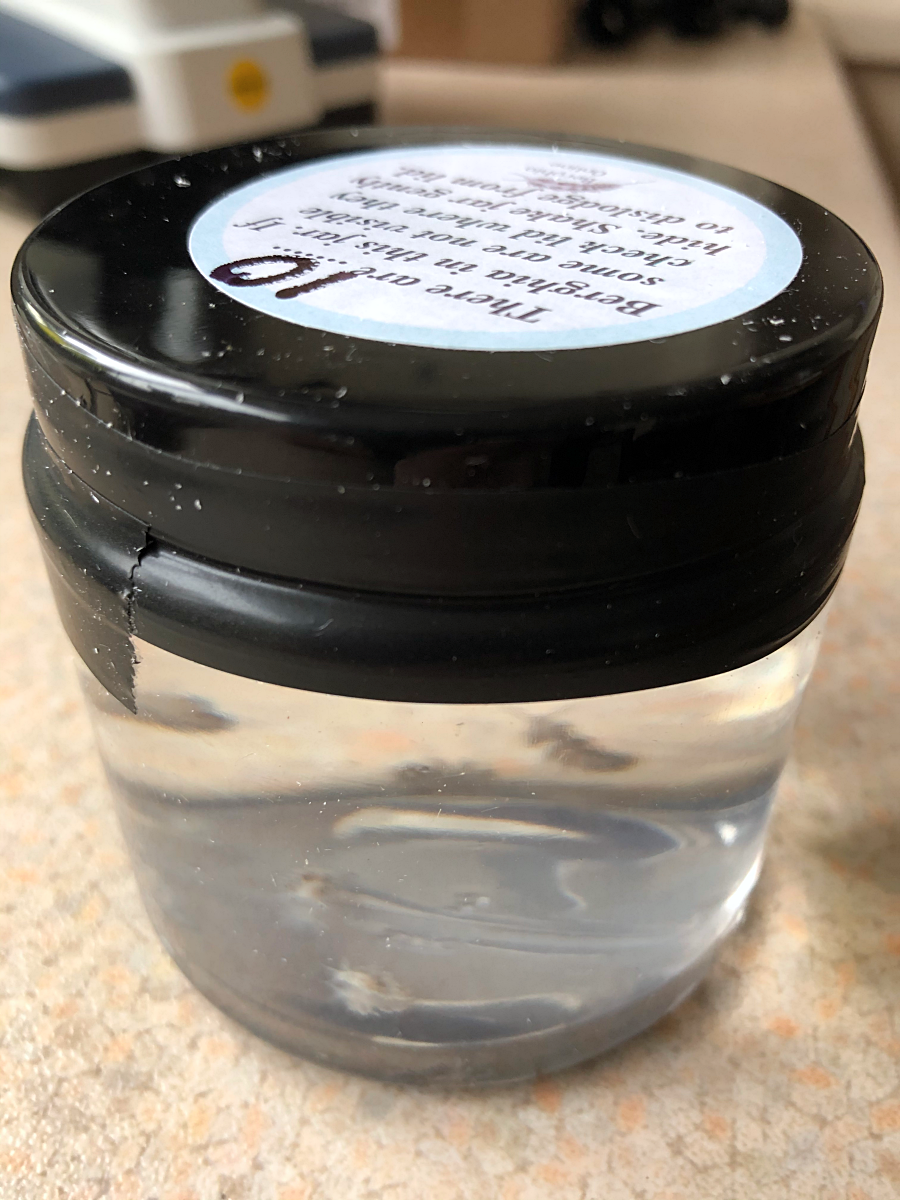
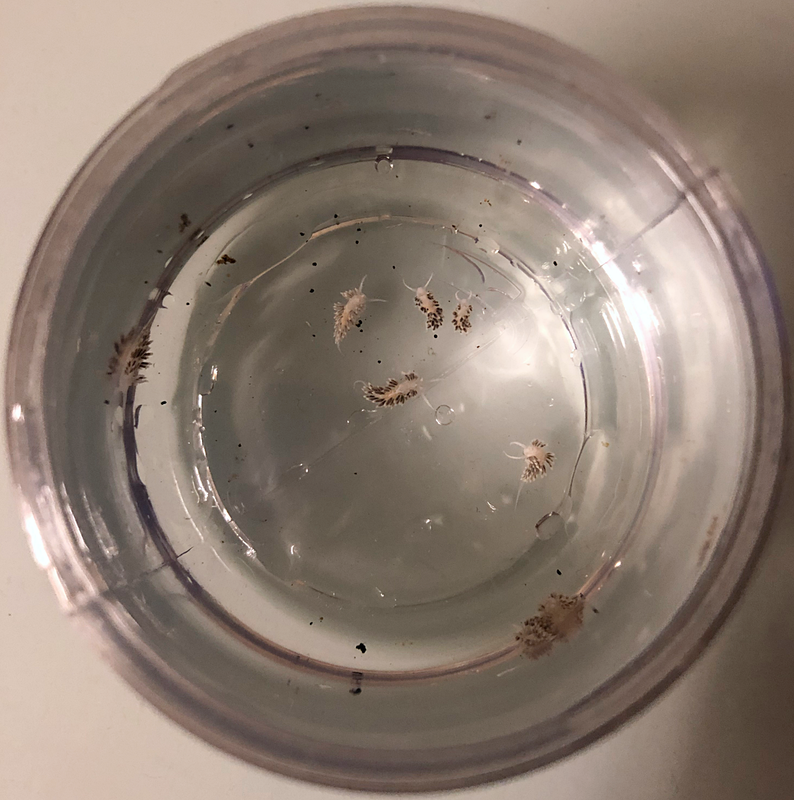
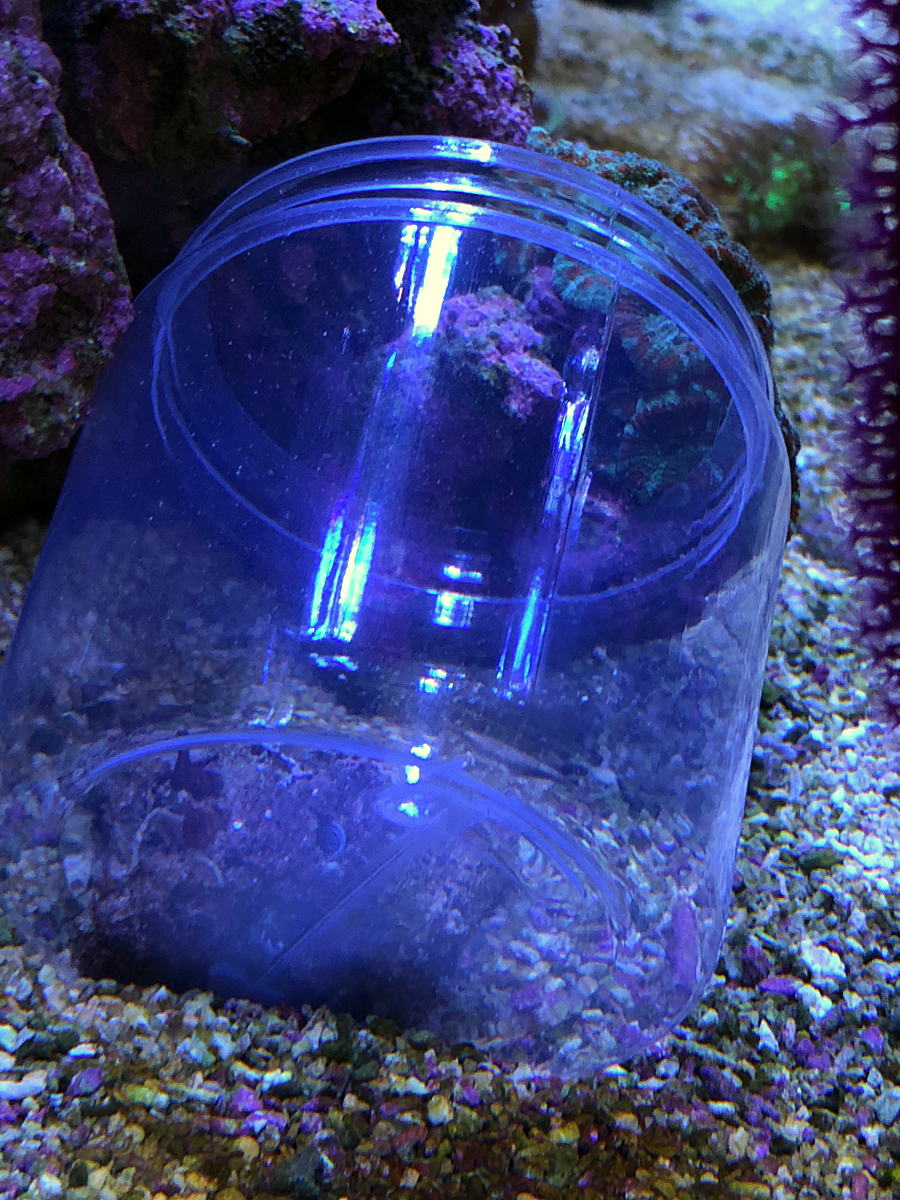
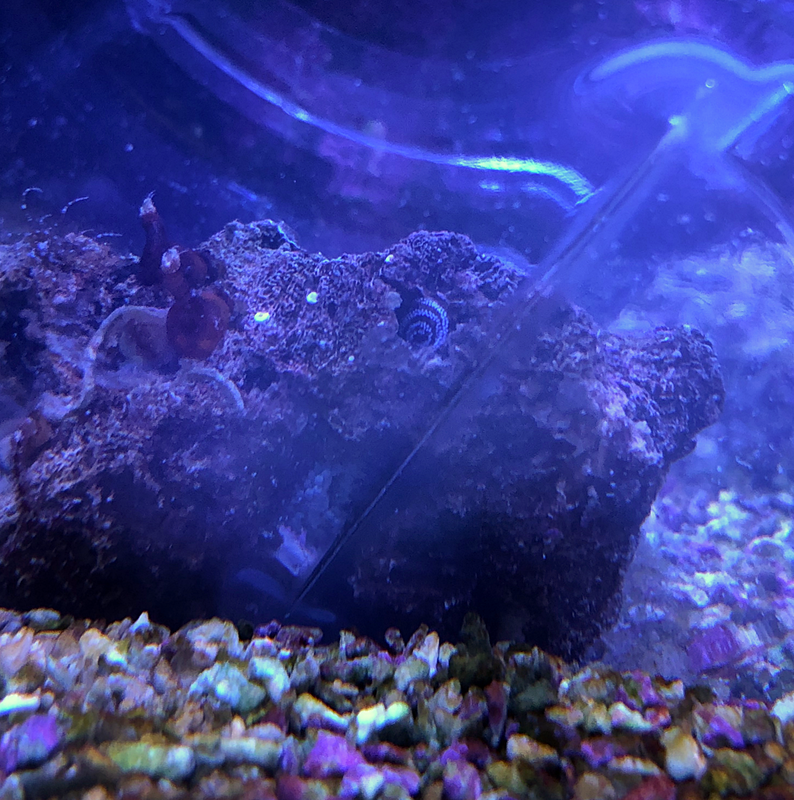
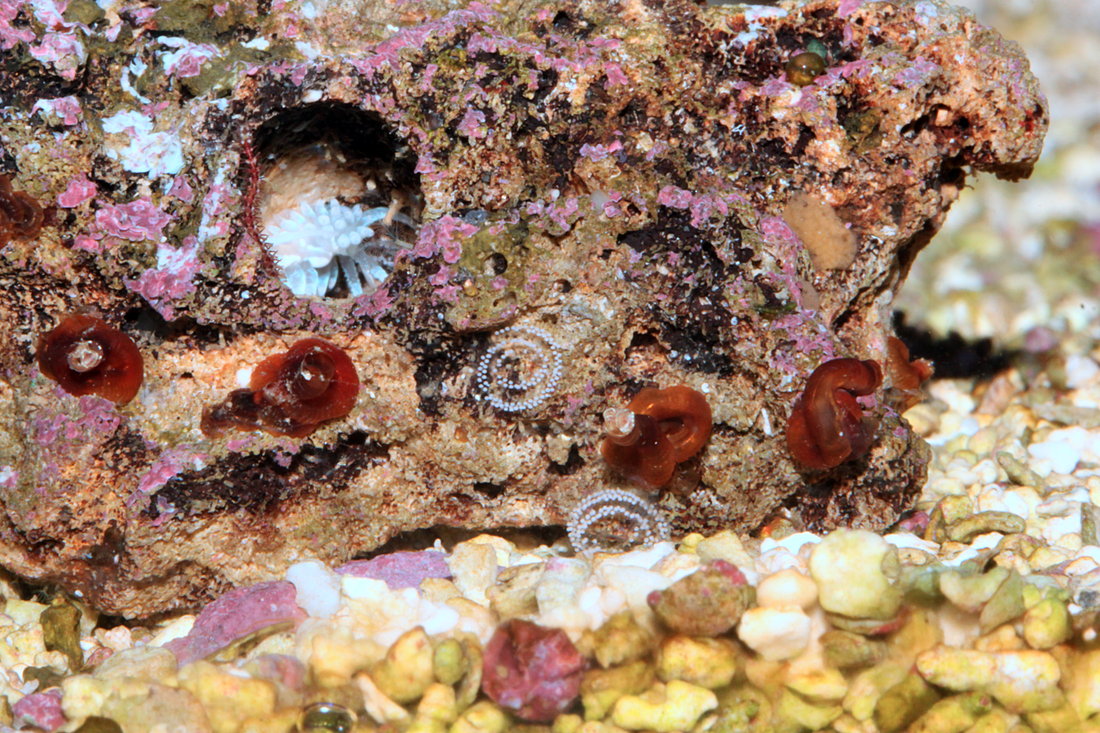
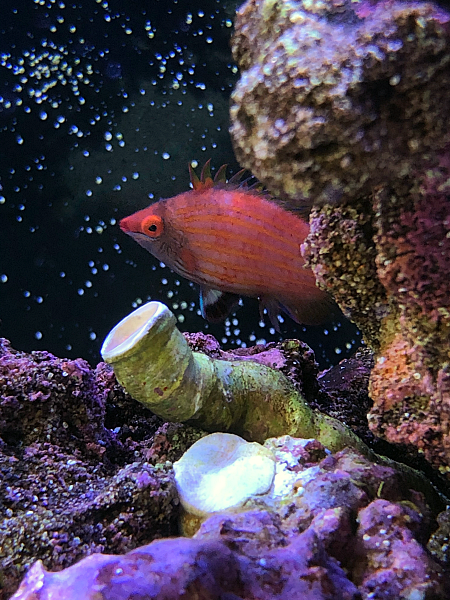
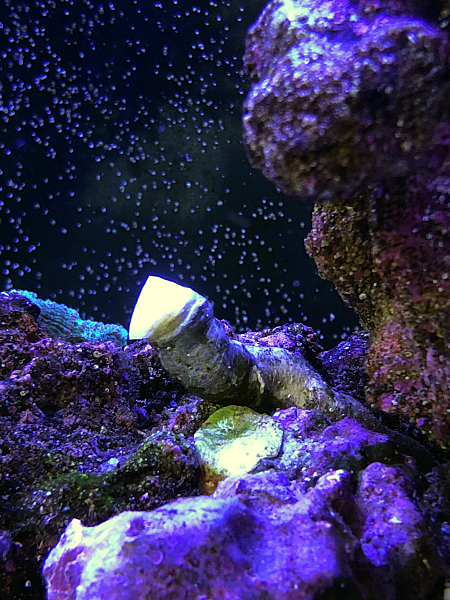
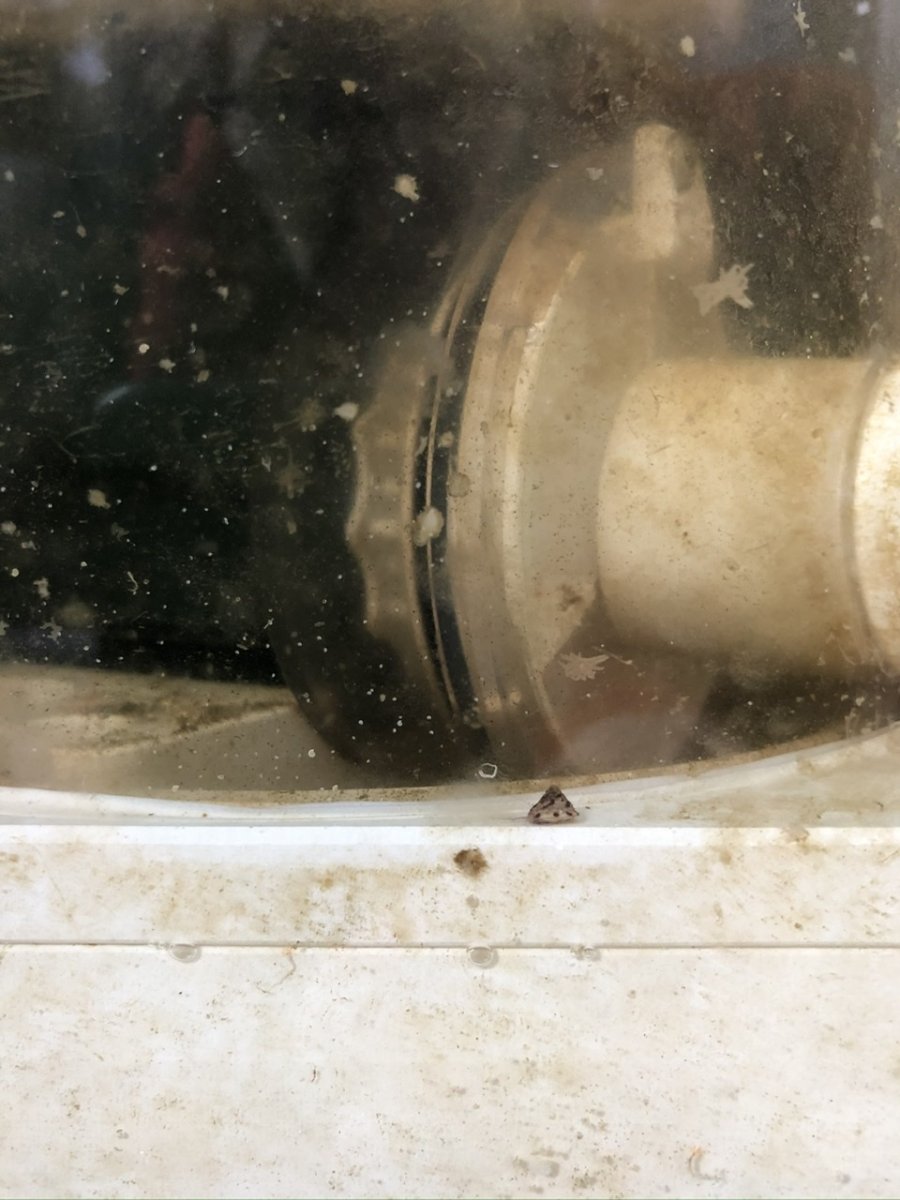
 RSS Feed
RSS Feed
